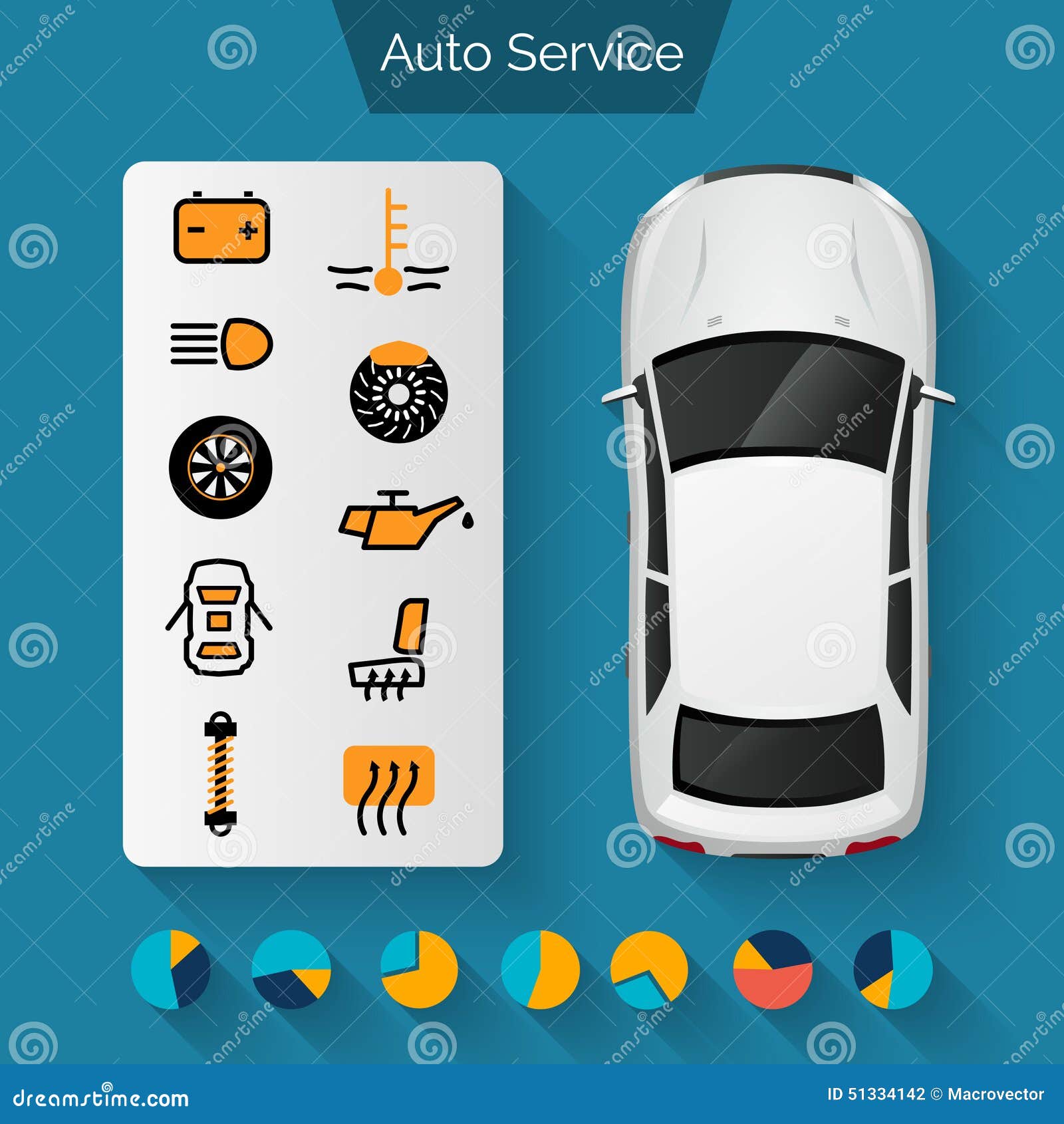Wondering Regarding The Significance Behind Those Dashboard Warning Lights? Gain Understandings Right Into Their Ramifications For Your Automobile'S Security And Maintenance
Wondering Regarding The Significance Behind Those Dashboard Warning Lights? Gain Understandings Right Into Their Ramifications For Your Automobile'S Security And Maintenance
Blog Article
Authored By-Samuelsen Corbett
When you're behind the wheel, those beautiful warning lights on your dashboard can be a bit perplexing. Do you recognize what they're trying to inform you concerning your cars and truck's wellness? Recognizing the relevance of these lights is important for your safety and security and the longevity of your vehicle. So, https://waylonlgbvq.activoblog.com/30760507/amazed-by-vehicle-detailing-products-learn-more-about-the-important-devices-and-insider-tips-that-will-help-novices-improve-their-describing-methods following time among those lights pops up, would not you want to decipher its message properly and take the necessary steps to resolve it?
Common Caution Lights and Interpretations
Recognize usual warning lights in your auto and understand their definitions to make sure risk-free driving.
One of the most regular caution lights include the check engine light, which indicates issues with the engine or discharges system. If this light comes on, it's essential to have your automobile examined promptly.
The oil stress advising light indicates low oil pressure, calling for instant focus to avoid engine damage.
A blinking battery light may recommend a malfunctioning billing system, potentially leaving you stranded if not attended to.
The tire stress tracking system (TPMS) light notifies you to reduced tire stress, influencing car security and gas effectiveness. Neglecting this could cause dangerous driving problems.
The ABS light suggests an issue with the anti-lock braking system, jeopardizing your capability to stop promptly in emergencies.
Last but not least, the coolant temperature level warning light warns of engine getting too hot, which can lead to serious damage if not solved swiftly.
Comprehending these usual warning lights will help you resolve issues quickly and maintain risk-free driving problems.
Importance of Prompt Attention
Understanding the typical warning lights in your vehicle is only the initial step; the importance of immediately resolving these cautions can not be stressed sufficient to ensure your security when driving.
When a caution light brightens on your control panel, it's your automobile's way of communicating a potential problem that needs interest. Neglecting these cautions can cause more severe troubles in the future, endangering your security and possibly costing you a lot more in repairs.
https://www.wesh.com/article/finding-the-right-auto-mechanic-for-your-car/37669216 to advising lights can stop failures and crashes. For example, a blinking check engine light can suggest a misfire that, if left neglected, might trigger damages to the catalytic converter. Addressing this without delay can save you from a pricey repair.
Similarly, a brake system cautioning light might signal low brake liquid or worn brake pads, crucial components for your safety and security when driving.
DIY Troubleshooting Tips
If you observe a warning light on your control panel, there are a few do it yourself troubleshooting ideas you can try prior to seeking professional help.
The primary step is to consult your cars and truck's guidebook to understand what the details warning light suggests. Sometimes the issue can be as easy as a loosened gas cap causing the check engine light. Tightening car engine wash might fix the issue.
An additional common concern is a reduced battery, which can set off numerous advising lights. Examining the battery links for deterioration and ensuring they're protected may take care of the issue.
If a caution light continues, you can attempt resetting it by separating the cars and truck's battery for a few mins and afterwards reconnecting it. In addition, inspecting your car's fluid levels, such as oil, coolant, and brake fluid, can aid repair alerting lights related to these systems.
Final thought
Finally, understanding your cars and truck's caution lights is essential for keeping your vehicle running efficiently and securely. By immediately dealing with these informs and knowing what they mean, you can prevent pricey repair work and prospective breakdowns.
Keep in mind to consult your vehicle's manual for certain information on each warning light and take action appropriately to make sure a trouble-free driving experience.
Remain educated, remain secure when driving!
